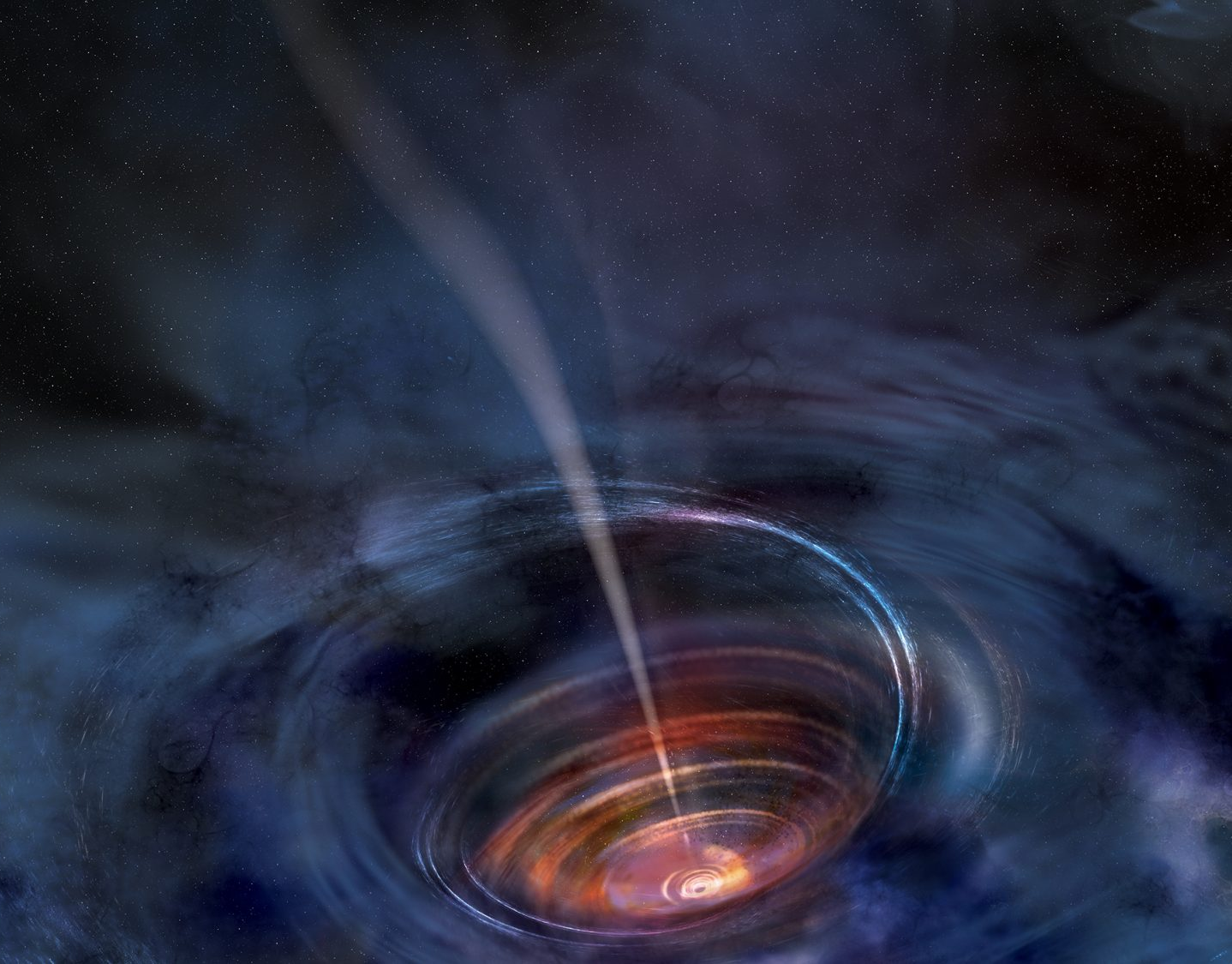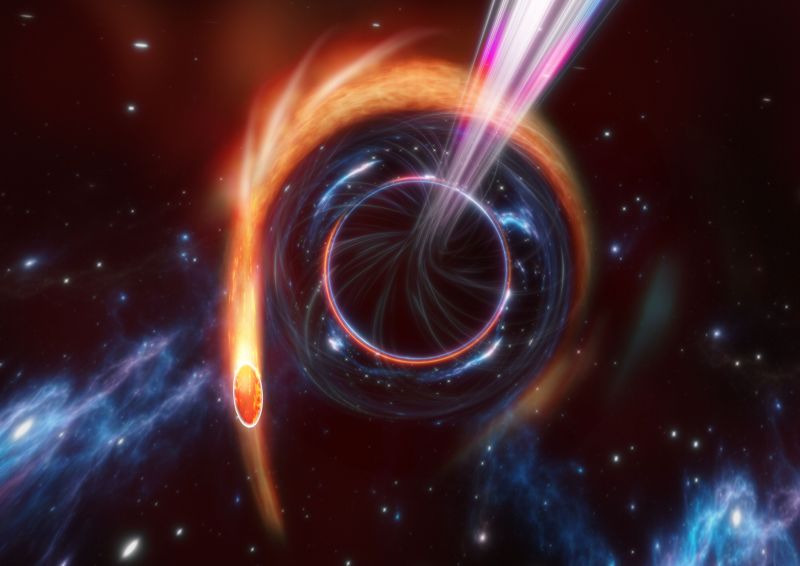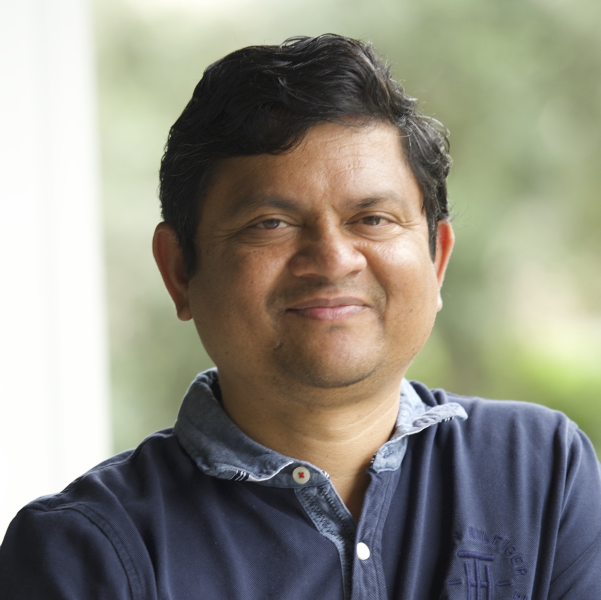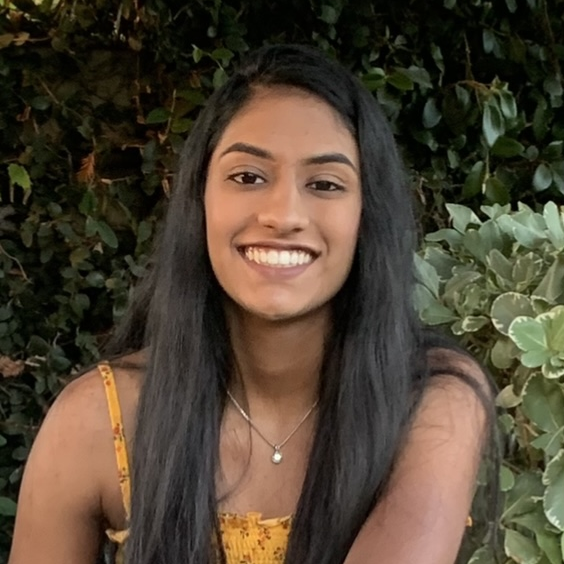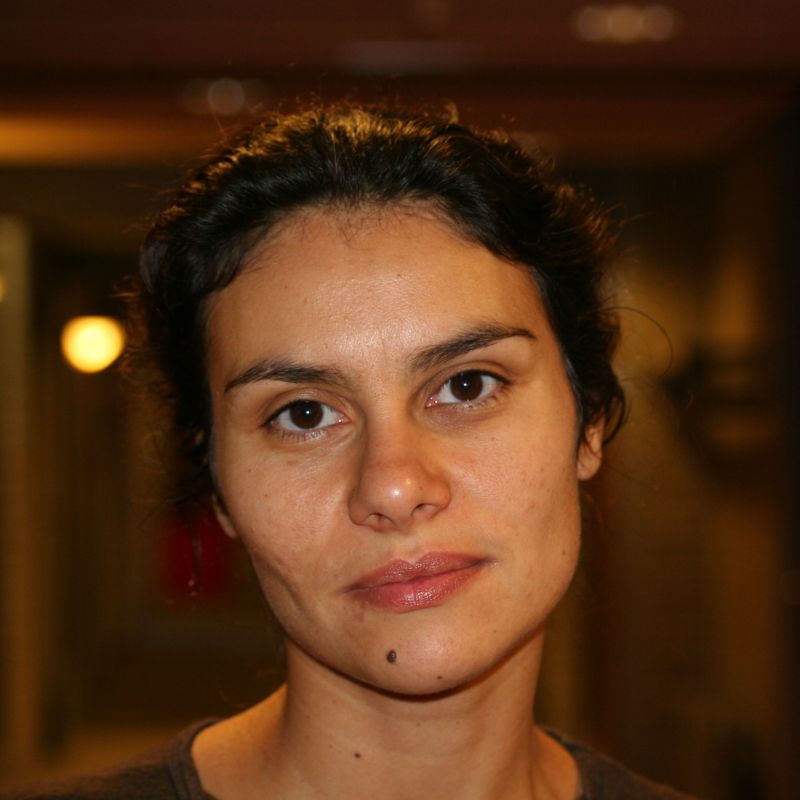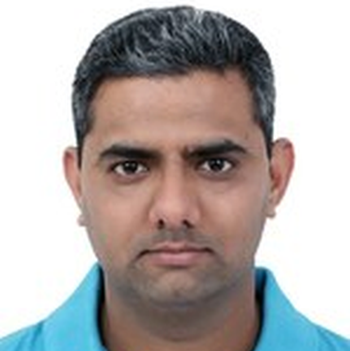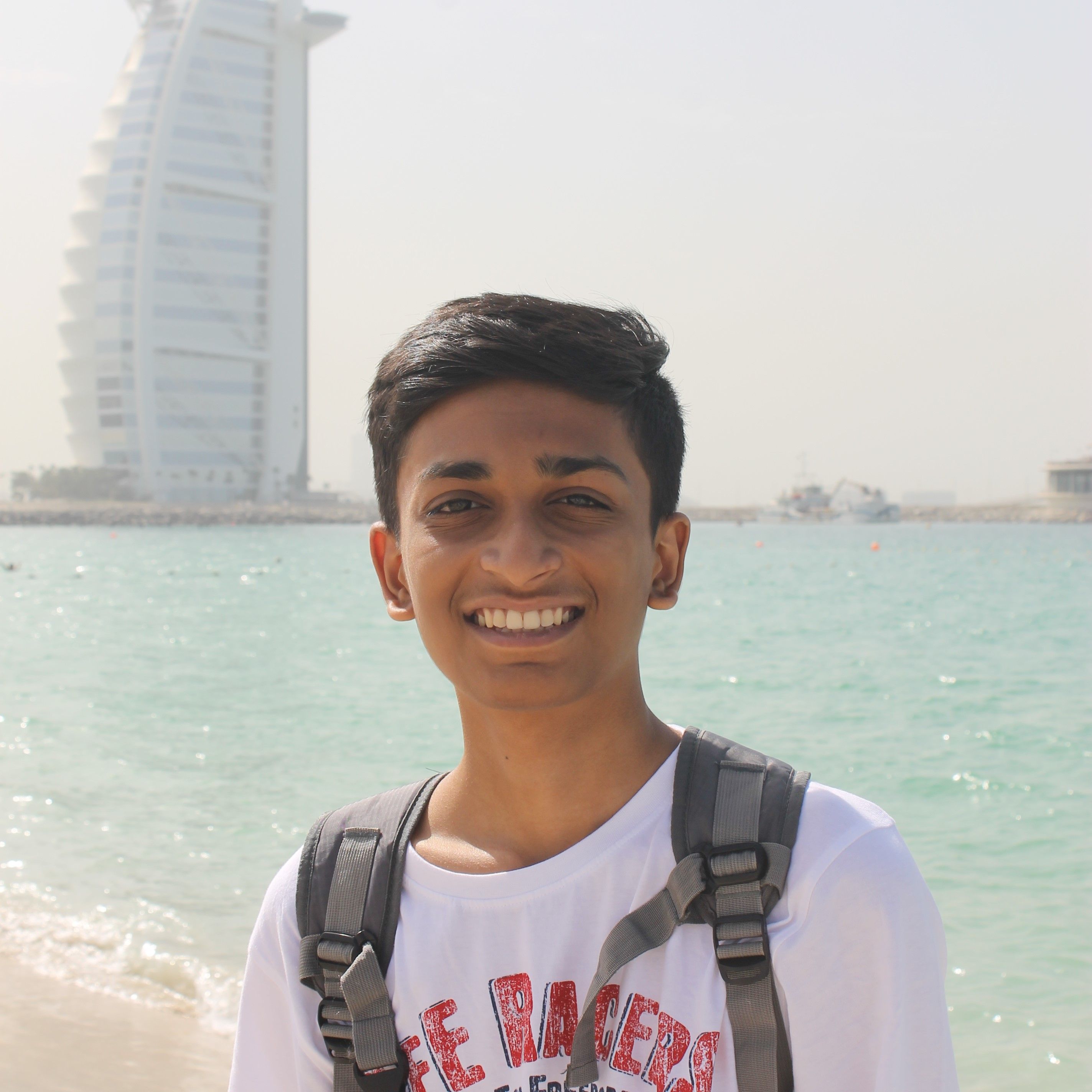Why we created ZARTH
Look up to the night sky. Now, do it tomorrow, and the day after...not much is changing, right? This often creates the illusion that the universe is static, slow, unchanging but this couldn't be further from the truth! A lifetime is a ridiculously short time when we talk about the universe and our eyes are also a very limited sensor with which to explore the cosmos. But combine our knowledge of physics with our capability to build much more sensitive telescopes and the universe is releaved to us like never before. It's a dynamic place busting with activity. Stars, planets, asteroids, black holes, comets and even dark matter are constantly moving, spinning, colliding, dying...
Unlike most apps out there, we want to show you this dynamic and transient cosmos. To do so, we designed ZARTH, or the ZTF Augmented Reality Transient Hunter app. With ZARTH, we want you to go out there and "catch" transient cosmic events that may appear one day and disappear soon after, very similar to what real astronomers do.
